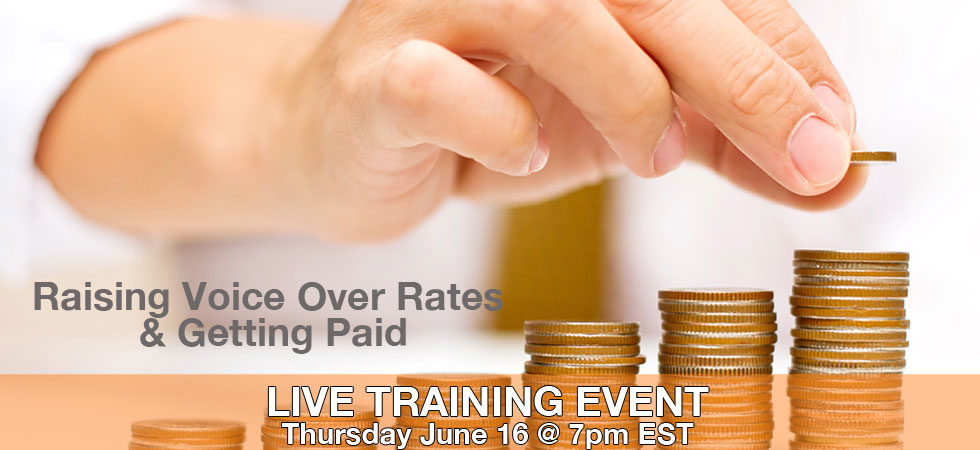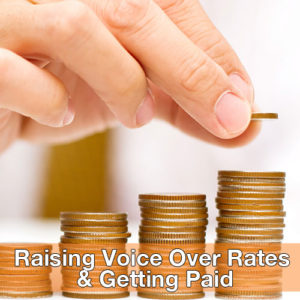Why are we so afraid to raise our rates?
The answer is actually in the question. It’s rooted in fear. Different fear for different people, mind you. Still, rooted in fear nevertheless.
- A fear of losing a client?
- A fear of unworthiness?
- A fear related to skill?
- A fear of competition beating you on price?
All of these fears can keep us from raising our rates. All of them are holding us back in business and success.
All of them can be overcome!
The key is confidence. Confidence in ourselves. Confidence in our service. Confidence in our product.
Don’t think you’re good enough. Don’t try and believe you’re good enough. KNOW you’re good enough.
With that in mind, here’s 3 reasons why it’s ok to raise your rates.
3 Reasons It’s Ok To Raise Your Rates
1) Cost of Doing Business: You can’t buy a car for $1,000 anymore. You can’t buy penny candy for a penny anymore. The fact of the matter is, due to countless economical factors, including things like inflation, the cost of business rises. Not just for voice over! How many of your clients do you think are charging the same rates for the products or services as they were 10 years ago? Or 5 years ago?
Walmart may say they’re price dropping daily, but all those price drop items still cost more than they did a few years ago. So why do we accept is as part of life from other businesses, but refuse to think we’re worthy of increases in our own business?
2) You’re Better: If you’re serious about voice over, then I’ll assume you’re also serious about improving. If I could go back and permanently wipe old projects from the face of the interwebs, I’d happily jump in a phone booth with Bill and Ted and head back in time!
Over the years, I’ve worked hard to improve my craft. To get better with my reads. To learn how to provide different deliveries. That work has made me a better voice talent, and that opens the door for charging a higher rate. As your skill level grows, so to should your rates.
3) You’ve invested: When I look back over the past couple years, I could probably produce nearly $10,000 worth of receipts that are directly connected to my equipment and studio space. I’ve spent the money to improve my sound. To deliver a higher quality product.
When I was recording in my living room, I didn’t feel worthy of charging higher rates. Now that I’m in my current studio space, and my sound reflects the investment I’ve made to get it where it is, I know it’s worth more. The higher quality the product, the higher the price tag attached.
Before any of this matters, though, you need to face your fears. I’d encourage you to spend some time honestly thinking about why you’re afraid to raise your rates. Write those concerns down, and one by one, begin to address each of them until you’re satisfied and confident.
* Need help raising your rates? Check out the Live Training Event I’m hosting June 16 @ 7pm EST – CLICK HERE *









